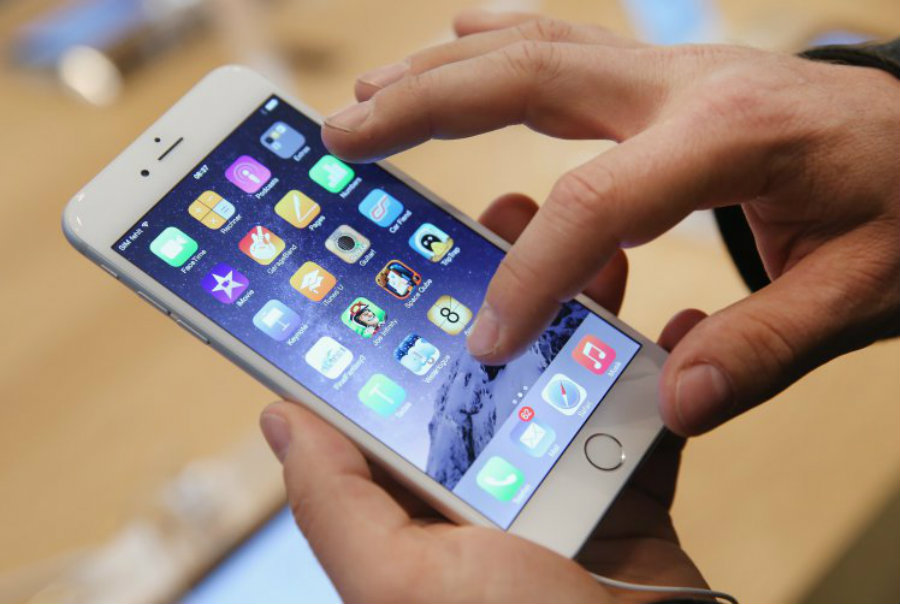Apple Inc. (NASDAQ:AAPL) sells its products on regular cycles. Each year comes the next Best iPhone Ever, a thinner, faster, prettier smartphone in the market that makes the one in the user’s hand less desirable. Ironically, just a month before the iPhone 7 launches, repair company iFixit discovered a problem on iPhone 6 and 6 Plus: The touch disease.
The sickness’ first symptom is a flickering gray bar at the top of the device’s screen. The fixing company says the problem is “ridiculously widespread,” and chances are that most iPhone 6 owner will experience it.
iPhone owners have been speculating for years whether the devices are made not to last and purposely slow down in the midst of a new release. This deceitful practice is what some would call “planned obsolescence.” This method shows how the other side of the coin of masterful marketing keeps selling the amount of merchandise a big company needs to survive, no matter the cost.
The touch disease internal soldering
While Apple brought touch technology to mainstream with the original iPhone, its latest models are suffering design flaws that will likely reduce their optimal lifespan.
The issue flaw generates in the microchips inside the phone, which means only internal soldering can repair the problem. Endgadget magazine noted that Apple Stores couldn’t go to that work, and customers must either replace their devices or seek a third-party’s help.
iFixit linked the disease to the Bendgate scandal, a late 2014 marketing disaster that occurred when customers started to realize the iPhone 6 could bend. Apple gave no importance to the issue, but now iFixit assures that iPhones’ microchips are breaking because of the bendable smartphones.
Over time, the chip layer that controls the phone’s touch technology separates from the board. At first, the touch-screen may seem unresponsive, but the user can fix it with a reboot.
Eventually, the bendy nature of the phone could break the chip/board joint, and the periods of no response could become more frequent. Thus, more annoying for iPhone users.
iFixit also recommends a firm phone case, because any damage to the hull could worsen the issue. The permanent solution is to replace the touchscreen ICs entirely. A simple soldering work will likely crack again making it just a temporal fix.
It’s worth noting that Apple has no explanation of the problem and does not endorse third-party fixes. Maybe they are just ok with customers simply buying a new device.
Could Apple be taking a page from ‘planned obsolescence’?
It’s not the first time the public wonders if the tech giant is planning their devices to fail. The slowdown theory had a significant mainstream attention in 2013 due to an article in the New York Times Magazine by Catherine Rampell
She noted the new operating system (iOS 7 back then) was making older models suboptimal regarding the phone’s performance. The battery of the iPhone 4 and 4S couldn’t handle the upgrade, and Apple started to charge $79 to replace it or about $90 to trade the device for an iPhone 5C.
Before that, Apple iOS 4 crippled the iPhone 3G, one of the most popular models of the series. It was around the time the company announced the iPhone 4, the Best iPhone Ever to date.
iOS 9 upgraded faced a $5 million lawsuit in December 2015 for slowing down older devices, but the case was filed in New York State. A similar suit failed in 2011.
Source: Engadget



